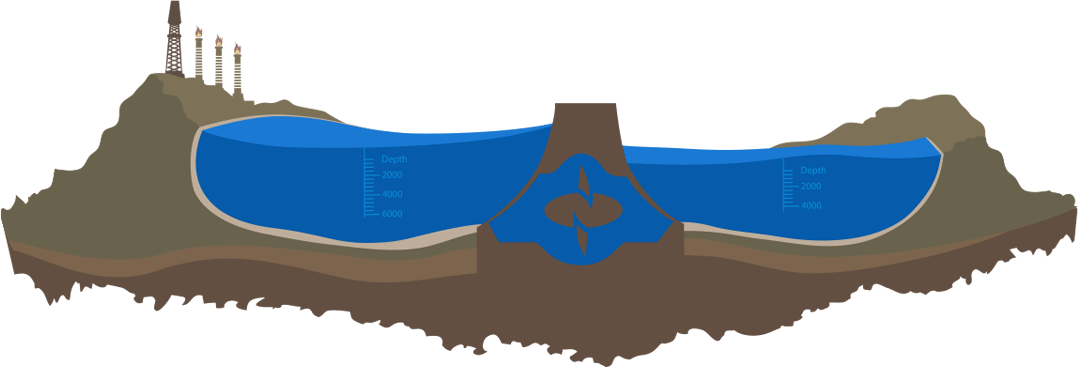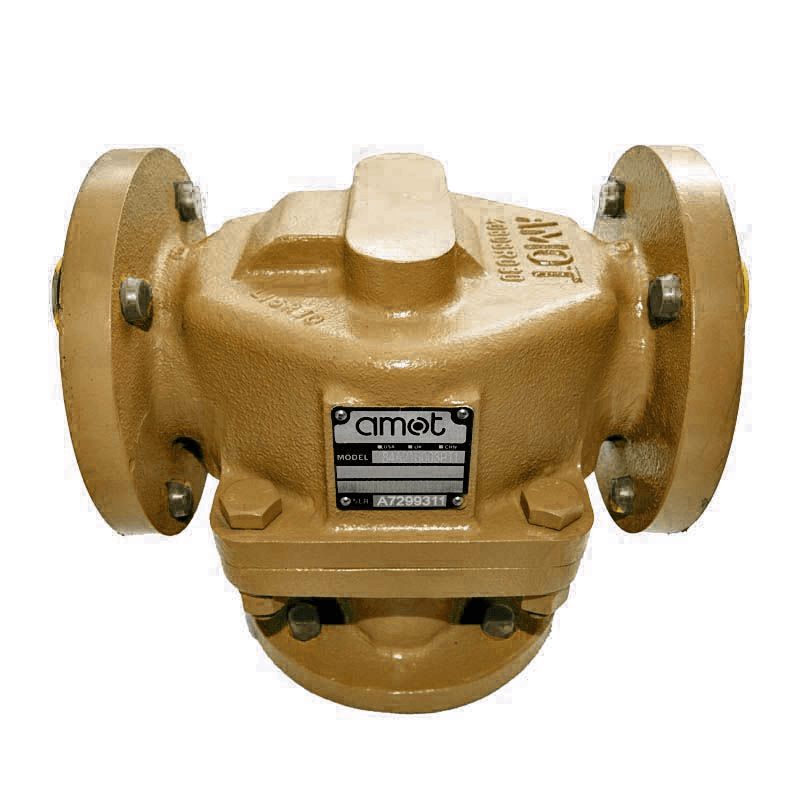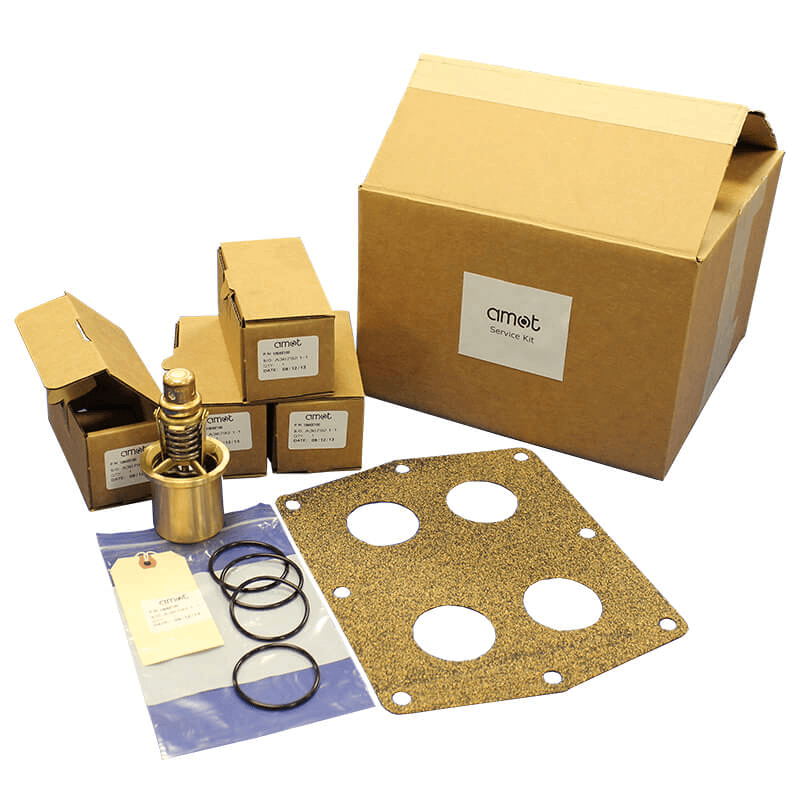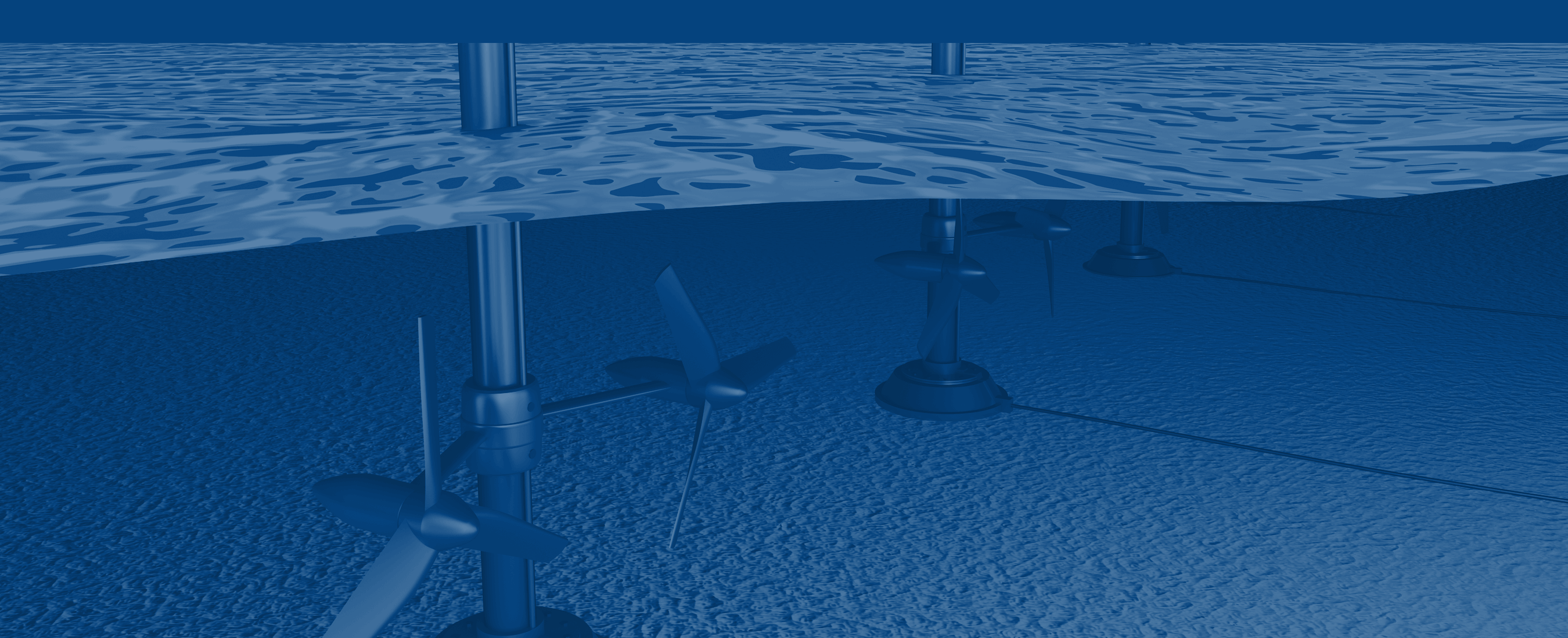Make tidal energy systems more efficient
Tidal or hydrokinetic energy is a type of renewable electricity generated by the movement of bodies of water. Modern mechanisms are more reliable and efficient than older hydroelectric methods, such as dams, which use vertical height and volume of water to spin a turbine and generate power. Recently, engineers have developed ways to capture the powerful, highly concentrated energy resource of flows, currents, and swells.
The mechanism used to extract kinetic energy from water is similar to how a wind turbine extracts energy from moving air. The current of water or the hydrodynamic rise of the tides turns the rotor blades which are connected to a generator to convert the rotational energy into electricity. However, unlike wind, the flow of water is much more predictable and powerful, providing a constant and reliable flow of clean energy.

Current hydrokinetic projects generate electricity directly from the horizontal flow of water in rivers, inland waterways, irrigation canals and other man-made conduits.
Tidal energy is produced by waves in ocean waters as the tides rise and fall. This technology is still quite young and, with very few operating tidal power plants in the world, only a small amount of power has been produced so far.
The mechanism used to extract kinetic energy from water is similar to how a wind turbine extracts energy from moving air. The current of water or the hydrodynamic rise of the tides turns the rotor blades which are connected to a generator to convert the rotational energy into electricity. However, unlike wind, the flow of water is much more predictable and powerful, providing a constant and reliable flow of clean energy.
Low maintenance temperature control solution
While the Earth's oceans and rivers are an excellent source of renewable energy, operating them profitably comes with challenges. Power generation systems are installed directly in waterways where the powerful hydrodynamic drag of generators, cables and support equipment makes it difficult to access components for maintenance.
AMOT 3-way thermostatic control valves are the rugged and easy-to-install solution for controlling generator engine liquid temperature. While the valve works to improve overall system performance and efficiency, its simple mechanical design requires little maintenance and can operate in any mounting position. No adjustment is ever necessary on an AMOT thermostatic valve and they provide years of reliable, trouble-free service.
Shop

Simplified maintenance
Thermostatic temperature control valves are a rugged, reliable and repeatable way to control the vital temperatures of your fluids. But the ability of your temperature control valve to maintain a constant temperature may change over time. Degradation of components can eventually lead to degradation of valve performance. And as temperatures start to deviate from the desired set point, engine performance begins to suffer. When it comes time to repair the valve, complete thermostatic valve service kits are available with all the necessary components to make maintenance quick and easy.
More informationENGINEERING UNITS
IMPERIAL METRIC





